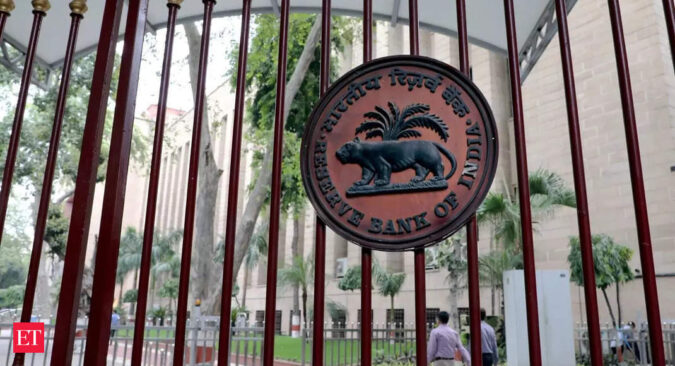CAD narrowed to $1.3 billion or 0.2% in the last quarter of FY23 from $16.8 billion or 2% of GDP in Q3 and $13.4 billion in Q4FY22.
“The sequential decline in CAD in Q4FY23 was mainly on account of a moderation in the trade deficit to $ 52.6 billion in Q4FY23 from $71.3 billion in Q3FY23, coupled with robust services exports,” RBI said.
The current account balance saw a deficit of 2 per cent of GDP in FY23, as opposed to a deficit of 1.2 per cent in FY22 as the trade deficit widened to $265.3 billion from $189.5 billion a year ago.
“Net invisible receipts were higher in FY23 due to the increase in net exports of services and net private transfer receipts, even though net income outgo was higher than a year ago,” the central bank said.
Meanwhile, net foreign direct investment (FDI) stood at $6.4 billion in Q4, higher than the $2.0 billion seen in Q3 but lower than the $13.8 billion seen a year ago. For FY23, net FDI inflows stood at $28.0 billion in FY23, lower than $38.6 billion in FY22.Net foreign portfolio investment (FPI) recorded an outflow of $1.7 billion in Q4 driven by the equity segment, as compared with an outflow of $15.2 billion during the corresponding period a year ago.For FY23, net FPI saw an outflow of $5.2 billion after seeing an outflow of $16.8 billion a year ago.
Private transfer receipts, which largely represent the remittances made by Indians employed overseas, rose to $28.6 billion, up by 20.8 per cent from their level a year ago.
Net services receipts increased, both sequentially and on a year-on-year (y-o-y) basis, on the back of a rise in net earnings from computer services, it further said.
The current account deficit (CAD) was expected to average -1.5% of GDP this fiscal year and -1.8% next, compared with -2.0% in the fiscal year just ended, a separate Reuters poll showed last week.
“With oil prices lower, the trade deficit is likely to shrink, ensuring the CAD narrows further,” wrote Prasenjit K. Basu, chief economist at ICICI Securities.
